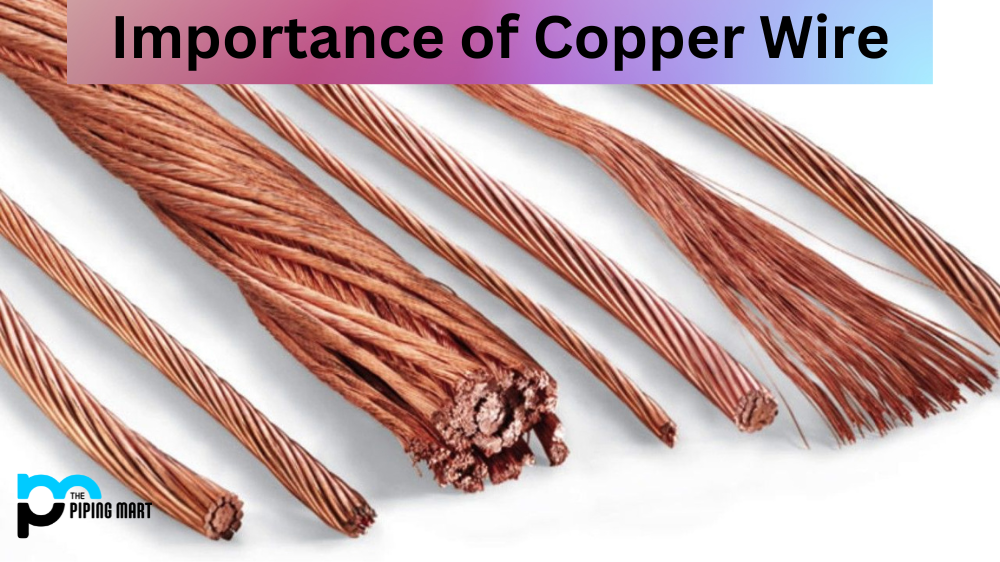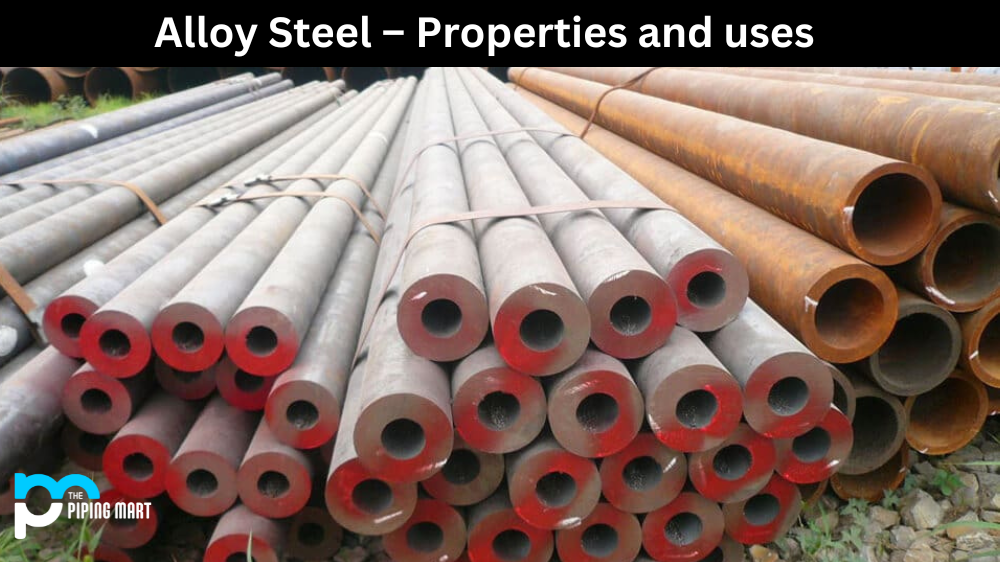Nickel plating is a popular and cost-effective way to protect steel surfaces from corrosion. However, over time the nickel plating can start to wear off, leaving your steel vulnerable to rust and other damage. Fortunately, there are several methods you can use to safely and effectively remove nickel plating from steel surfaces. Let’s take a look at a few of them.
Mechanical Removal
Mechanical removal is one of the most popular methods for removing nickel plating from steel. This involves using an abrasive material such as sandpaper or wire brushes to physically scrape off the nickel plating. It’s best to use very fine-grit paper (around 400 grit) so as not to damage the underlying steel surface in the process. Make sure you wear protective goggles, gloves, and clothing when doing this type of work, as it can be quite messy!
Chemical Removal Chemical removal is another option for removing nickel plating from steel surfaces. This involves using specialized chemicals that break down the bond between the nickel and the underlying steel surface. Be sure to follow all safety instructions when handling these chemicals, as they can be dangerous if not handled properly. Additionally, chemical removal may require multiple applications in order for it to be completely effective.
Electrolytic Removal Electrolytic removal is another method of removing nickel plating from steel surfaces that involves using electricity to break down the bond between the two materials. This method requires specialized equipment and should only be attempted by experienced professionals who know how to properly handle electrical currents. As with chemical removal, electrolytic removal may require multiple applications in order for it to be effective.
Conclusion:
Removing nickel plating from steel surfaces isn’t always easy, but fortunately, there are several methods available that can help you get the job done safely and effectively. From mechanical sanding or scraping to chemical or electrolytic treatments, there are plenty of options available depending on your needs and budget. Make sure you follow all safety guidelines when working with any hazardous materials!

Meet Bhavesh, a seasoned blogger with a wealth of knowledge and experience. From metal products manufacturing to retail, Bhavesh has a diverse background in various industries and is dedicated to sharing his insights and expertise with readers.




